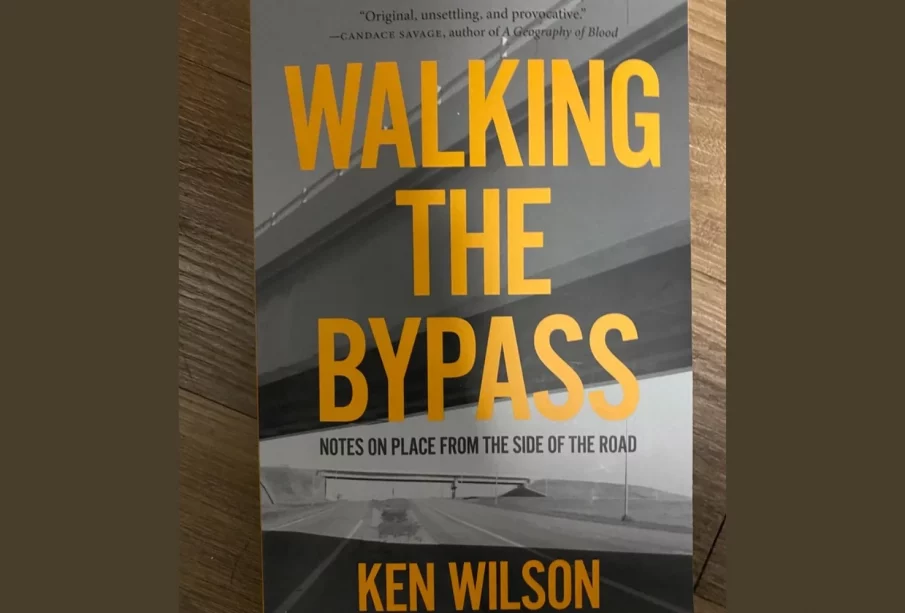Ken Wilson from the department of English talks about the colonial past of Regina in his latest work
Walking the Bypass: Notes on Place from the Side of the Road is the debut book of University of Regina’s (UofR) creative writing professor, Ken Wilson.
Themes of the book
The book follows Wilson’s PhD project as he walks Regina’s bypass system to try to find a connection to the earth it is built on, specifically the Cree ideology of wâhkôtowin. Wâhkôtowin is the idea of a strong spiritual connection, either between people or between people and the earth. Wilson also discusses the history of the land surrounding Regina and explains the controversy around the bypass being built in the first place while weaving in details of his personal experiences.
Despite the book being written at the height of the pandemic, it does not focus on the anxieties that were present at the time. Instead, Wilson does a great job of keeping the book grounded in the colonial past of the land he is walking on. He describes in great detail the signing of the numbered treaties, specifically Treaty 4, and how the Indigenous peoples present were not given the full story about what they were signing. Importantly, Wilson recognizes that he and the people that built the city and the bypass were settlers on this land and have no inherent right to it. This book does a great job of reminding the reader of the history of the land that is often ignored.
Not only does the story tell the history of the land, but also does a great job of giving the details of the physical land that Wilson is walking on. Some details include the sounds of the various prairie birds, the trash littering the side of the highway, and the variety of crops being grown near the bypass. It is easy to place yourself exactly where he is on his journey around the city.
Although the implementation of Cree terms and ideologies is well managed, there were moments where some philosophical ideas slowed down the pace of the story. The philosophical aspect does add to the story, but there were times where I felt it dragged on a bit too long.
It is interesting to see Wilson compare his walk around the bypass to walkers of the past, and how their journeys differ. This was a good place for a few key philosophical ideologies to be presented, including the ideas from a few Indigenous communities in Saskatchewan.
This book does a great job of reminding the reader of the history of the land that is often ignored.” -Chantel Hilts
Personal touch
The subtle inclusion of details from Wilson’s past gives the story a more intimate feel, something this history-heavy book needs. He reflects on his own settler history and his place in the city, as well as his past with walking.
Not only does he tell stories about walking in Spain and across Saskatchewan, but he recognizes the privilege he possesses to be able to walk around the bypass with little resistance. This added another layer to the themes of colonialism present throughout the novel as Wilson mentions that if he was an Indigenous person or a woman, this project would not have been possible. This self-awareness is necessary to keep the book grounded, which it succeeds in.
Narrative arc
The book is split into rather large sections, which can be daunting to read. Splitting those larger sections into smaller subsections could help with some of the pacing issues mentioned above with the philosophy. However, the narrative arc throughout the story does move quite well as a whole; weaving together multiple overarching ideas without making it confusing.
The physical walking taking place in the story moves quickly, and I think the story could have benefitted from slowing down and really digging into the struggles of the walk, which are briefly mentioned through the story. These issues are quite minor, and do not take too much away from the story.
Although this was Wilson’s debut piece, it is clear that he is a strong writer and a great storyteller, and I cannot wait to see what he comes out with next.









